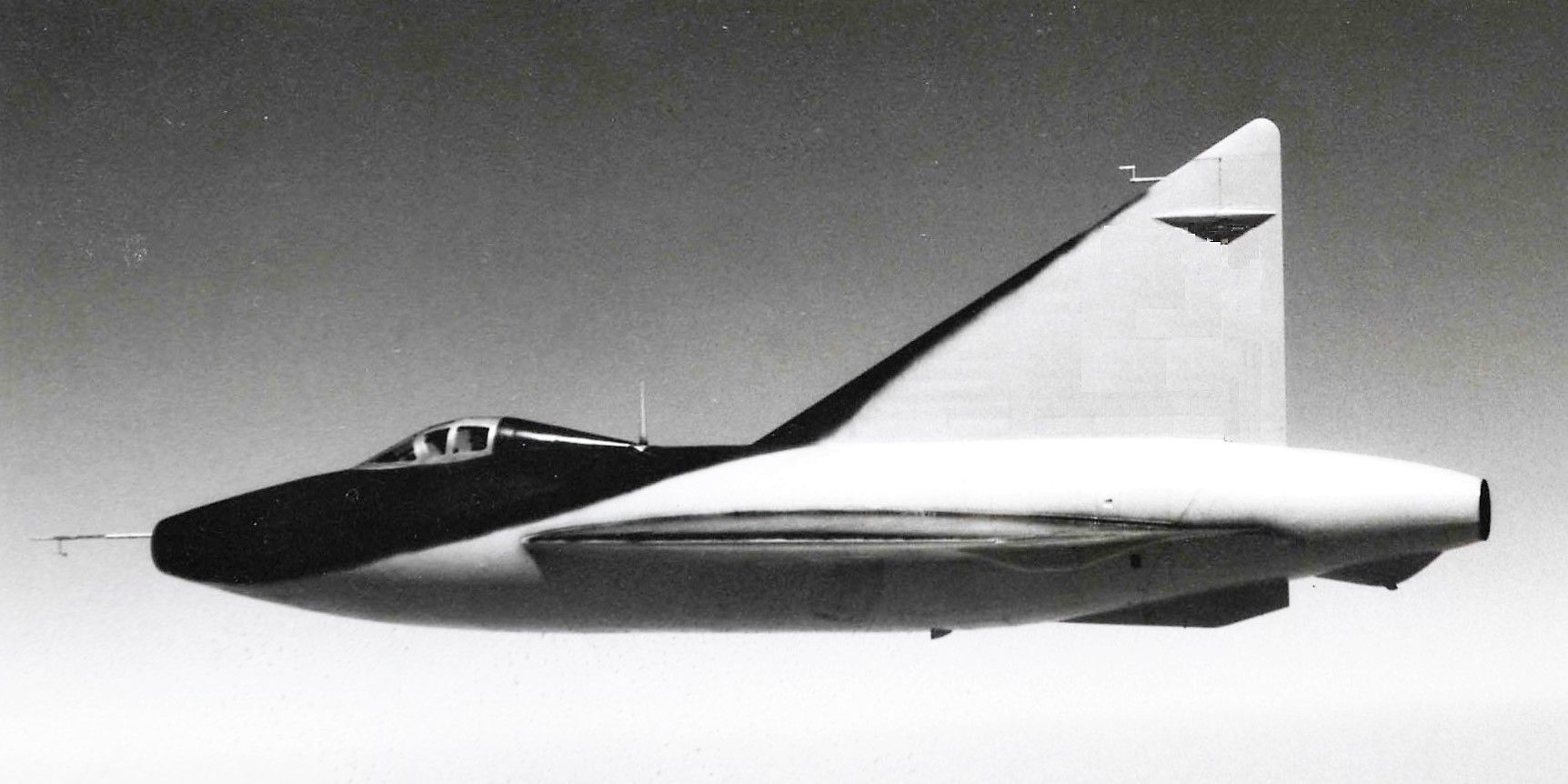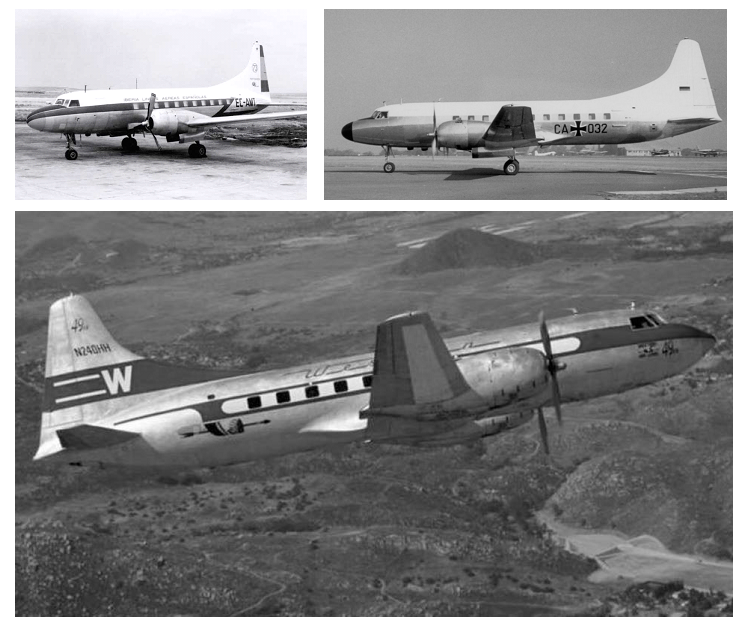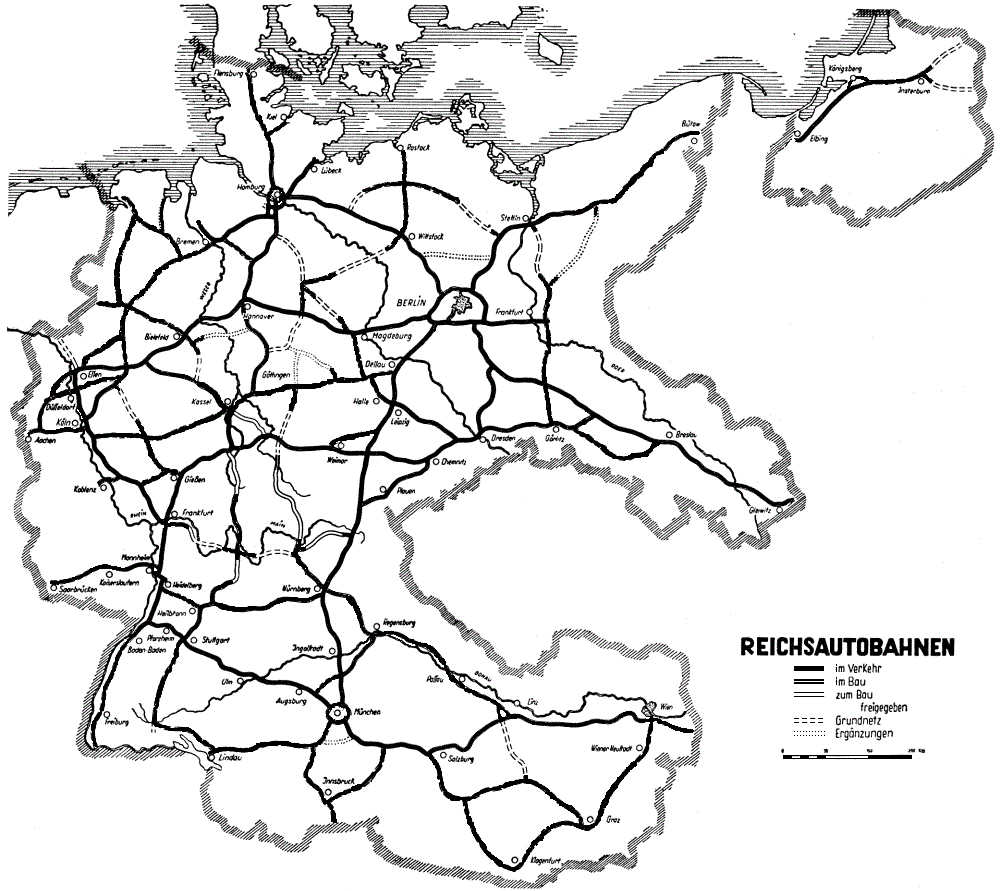You are not logged in.
Dear visitor, welcome to WesWorld. If this is your first visit here, please read the Help. It explains in detail how this page works. To use all features of this page, you should consider registering. Please use the registration form, to register here or read more information about the registration process. If you are already registered, please login here.
Let Bruce tell us of the days of high adventure! :D
*Cue epic score*

Quoted
others, having taken their own professional-grade photographs, quietly made their way to a rendezvous to forward intelligence to their masters.

Quoted
An intense typhoon had struck the coast of eastern Japan a day before, causing many casualties; another, less intense storm, was lashing northern Formosa and the coast of China south of Shanghai.
Quoted
others, having taken their own professional-grade photographs, quietly made their way to a rendezvous to forward intelligence to their masters.
Sounds like Blofeld will have something interesting to pass on during one of his next meetings with Burcough.
Quoted
others, having taken their own professional-grade photographs, quietly made their way to a rendezvous to forward intelligence to their masters.
Sounds like Blofeld will have something interesting to pass on during one of his next meetings with Burcough. :)
To be fair, Burcough probably already has the Canal covered.



Forum Software: Burning Board® Lite 2.1.2 pl 1, developed by WoltLab® GmbH
